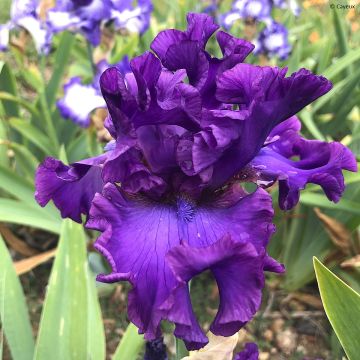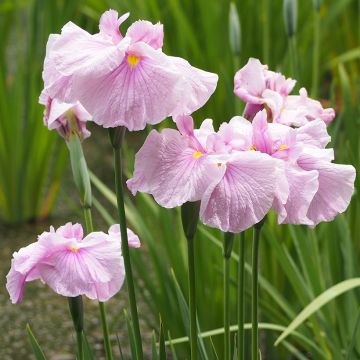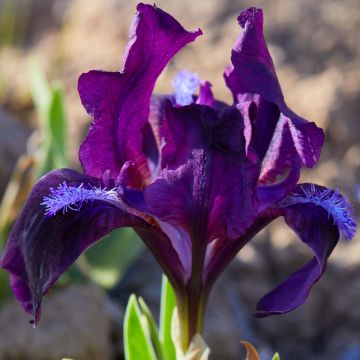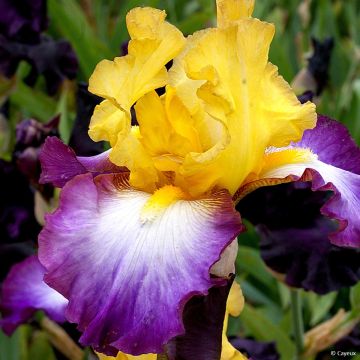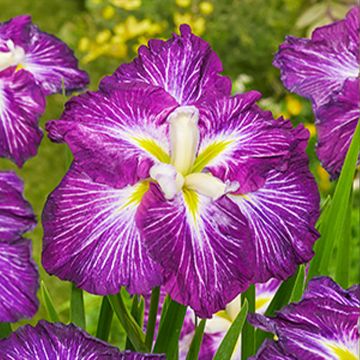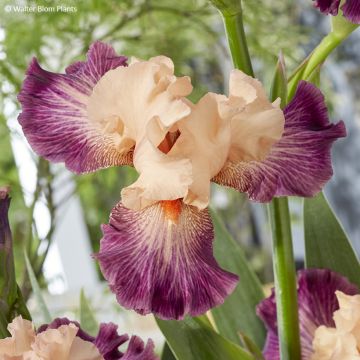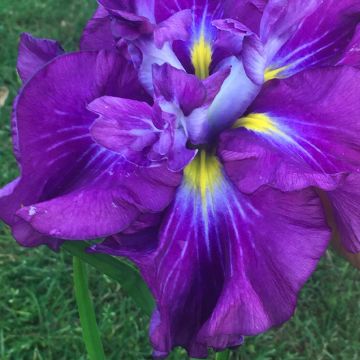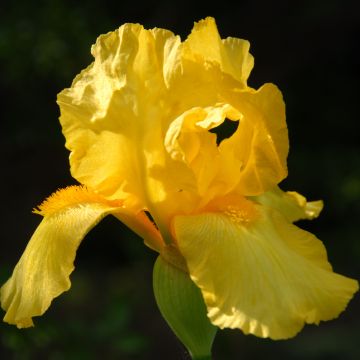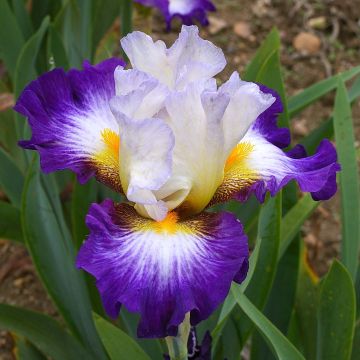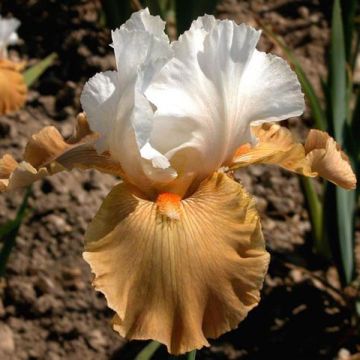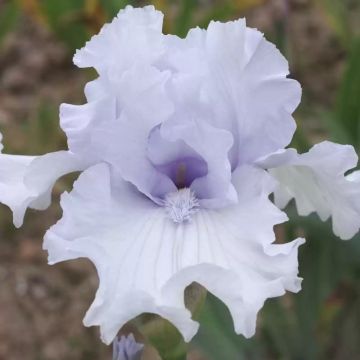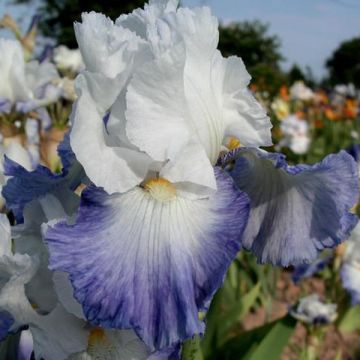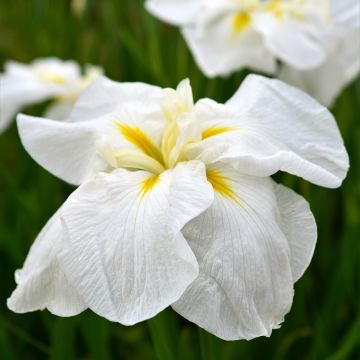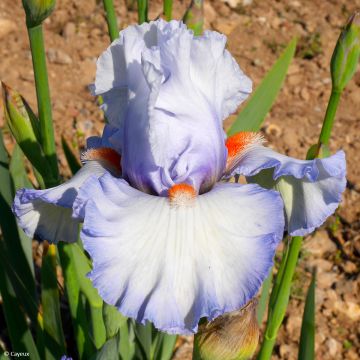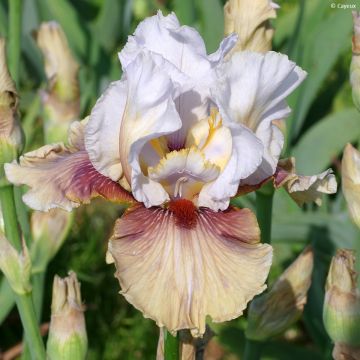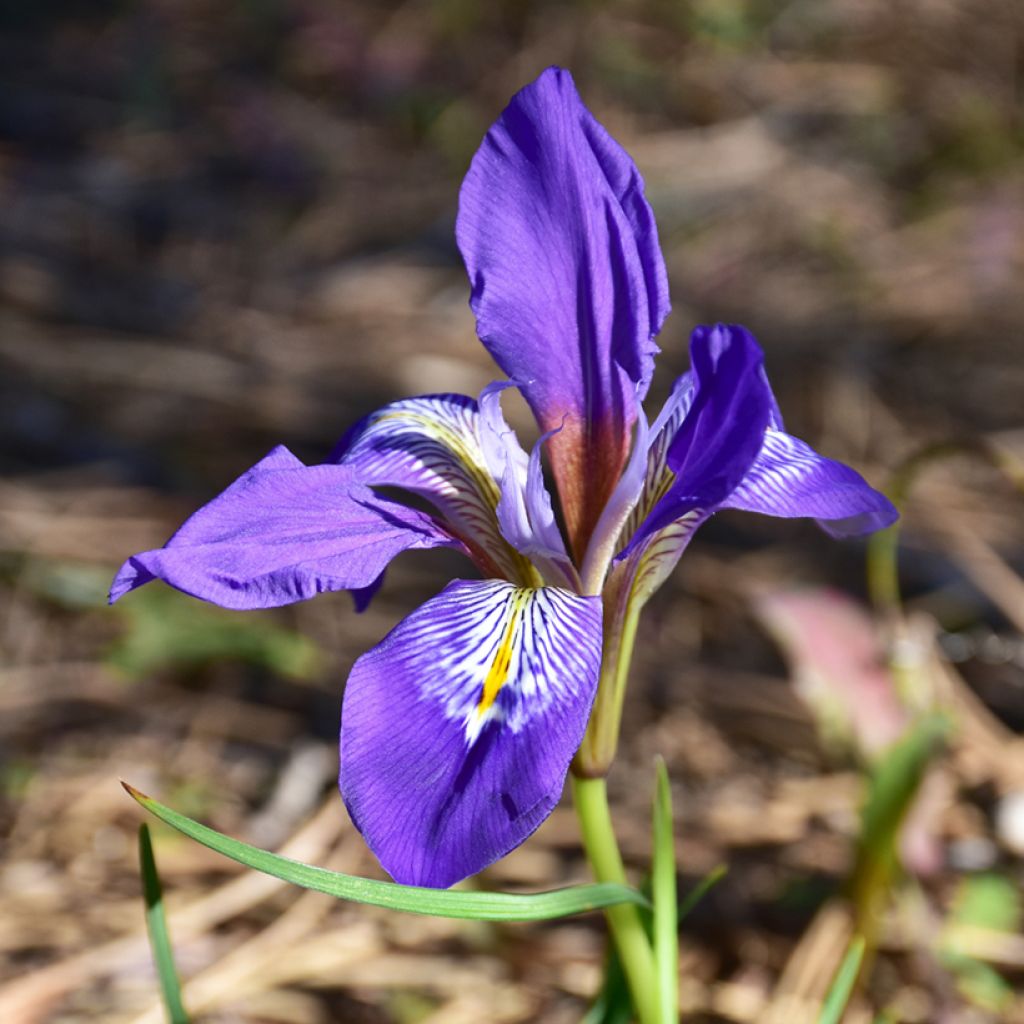

Iris unguicularis - Iris d'Alger
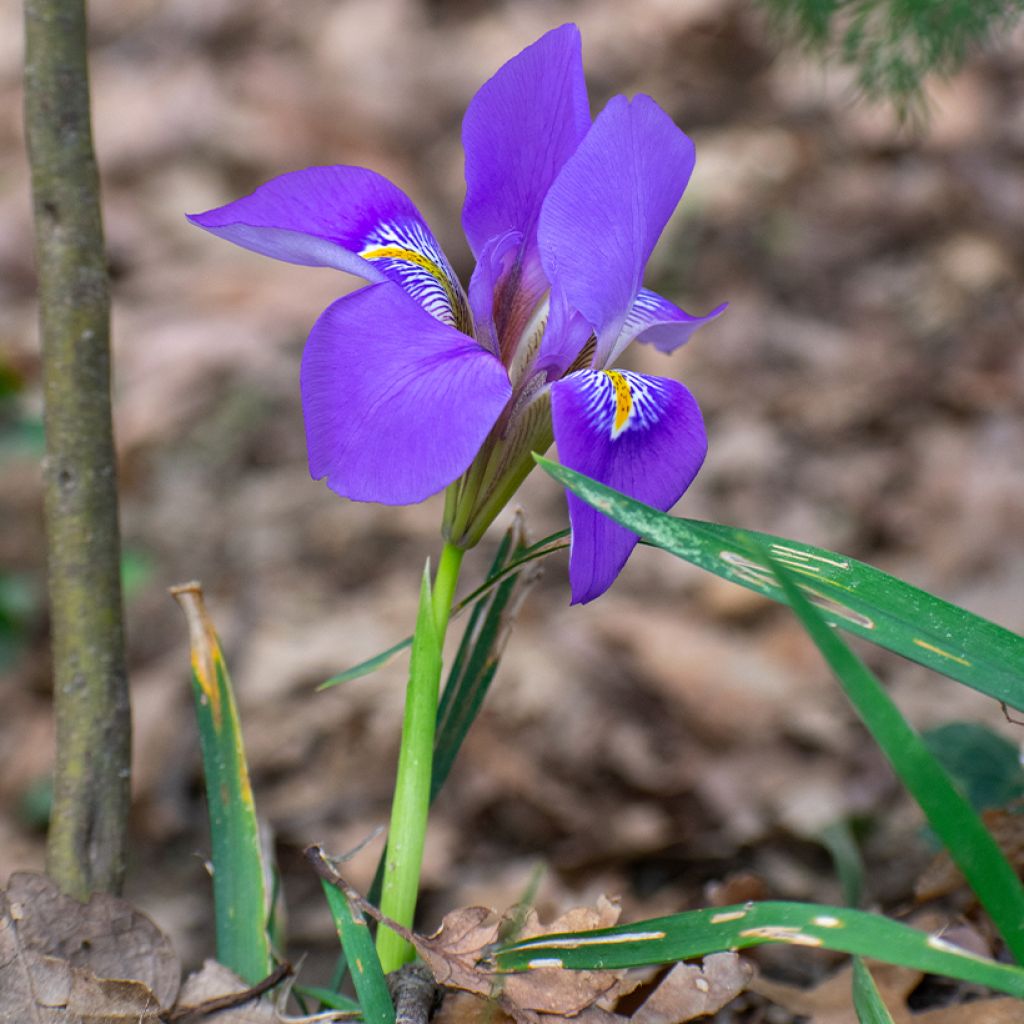

Iris unguicularis - Iris d'Alger
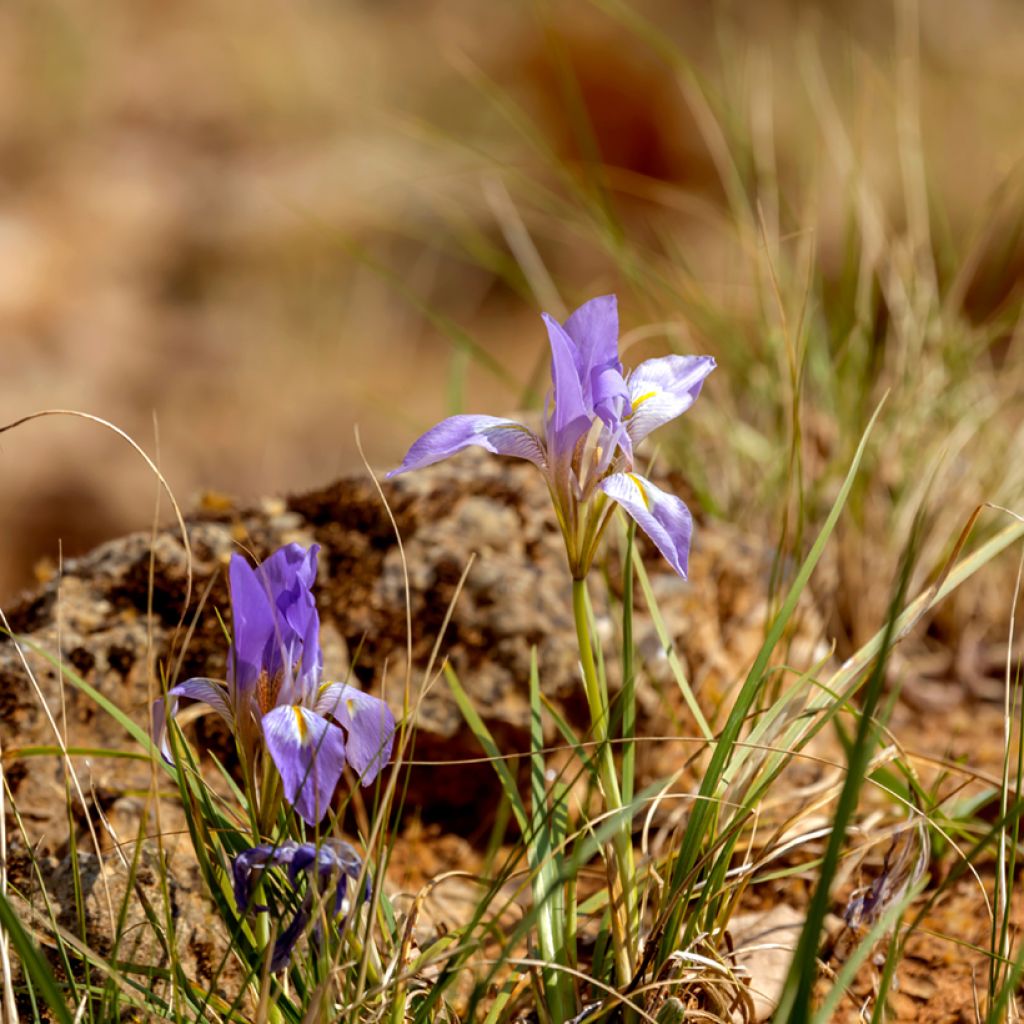

Iris unguicularis - Iris d'Alger
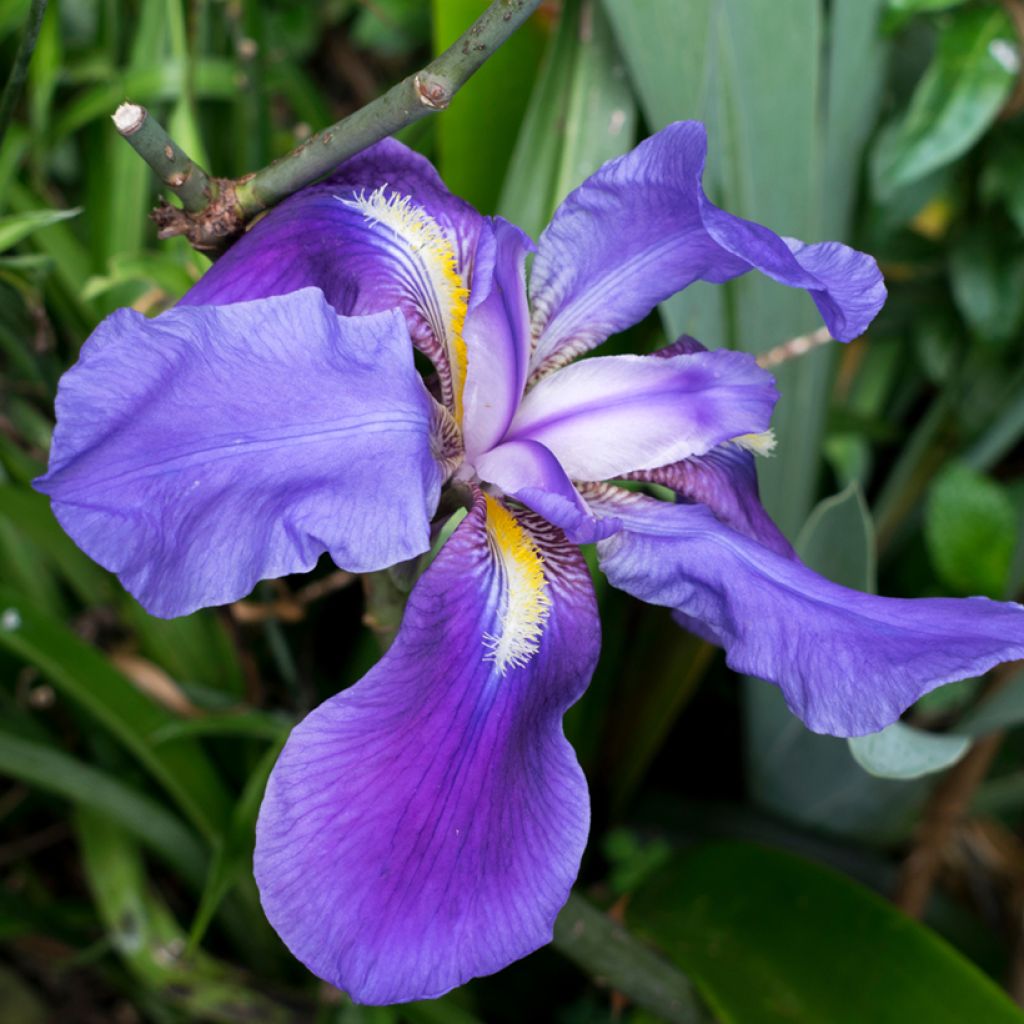

Iris unguicularis - Iris d'Alger
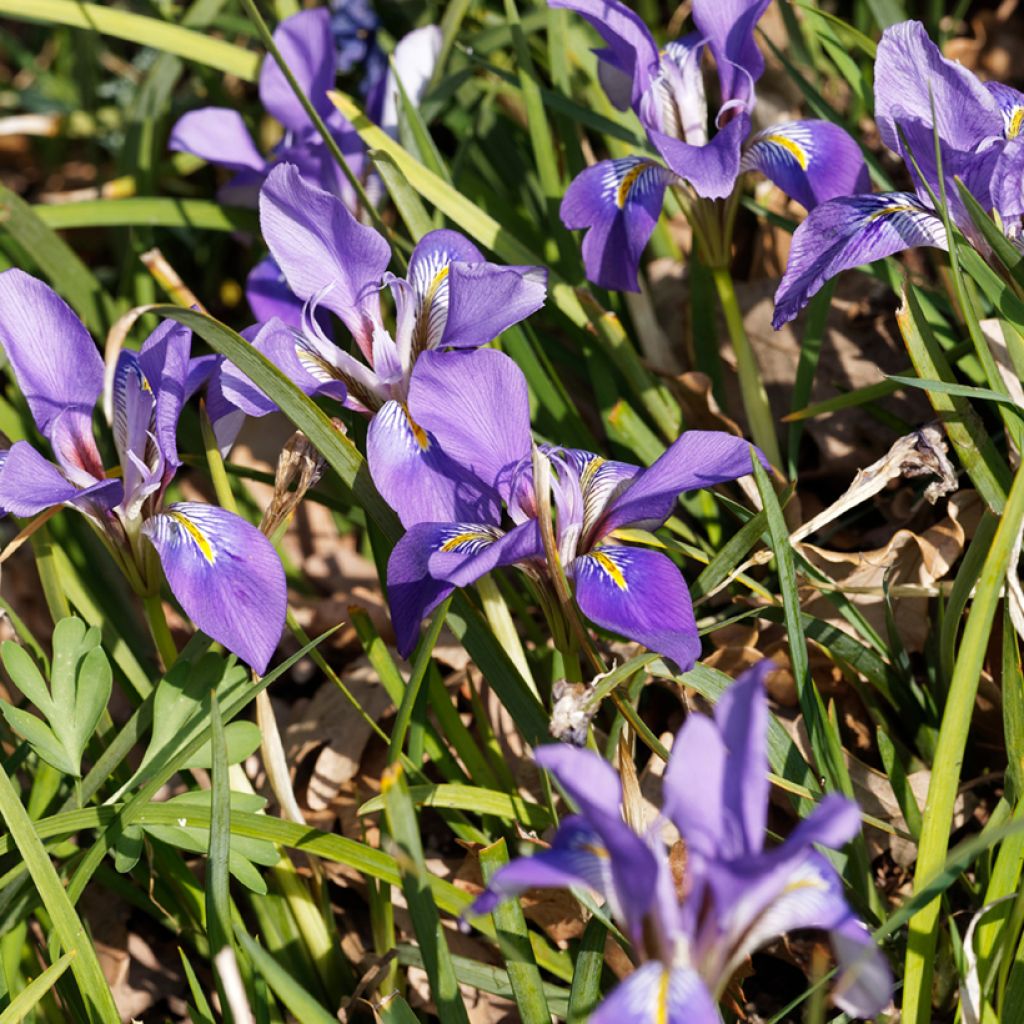

Iris unguicularis - Iris d'Alger


Iris unguicularis - Iris d'Alger
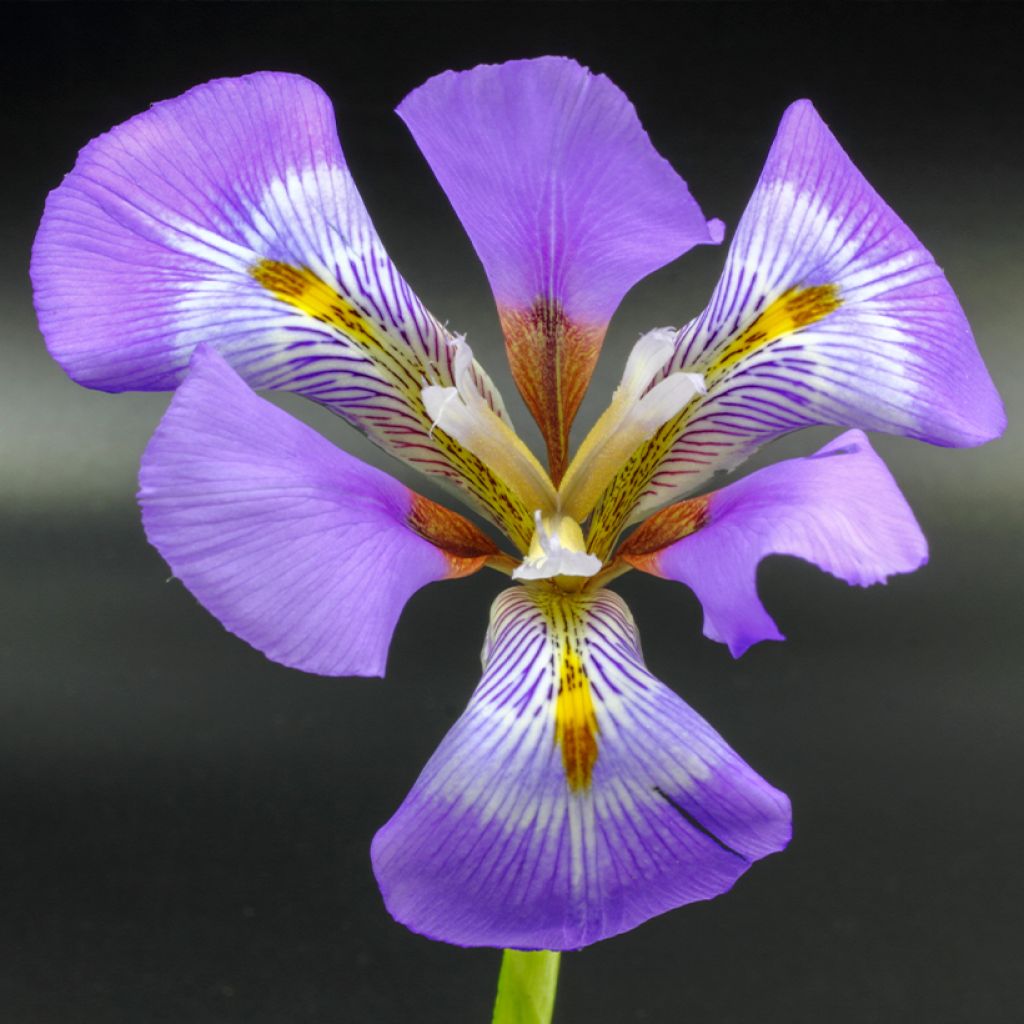

Iris unguicularis - Iris d'Alger
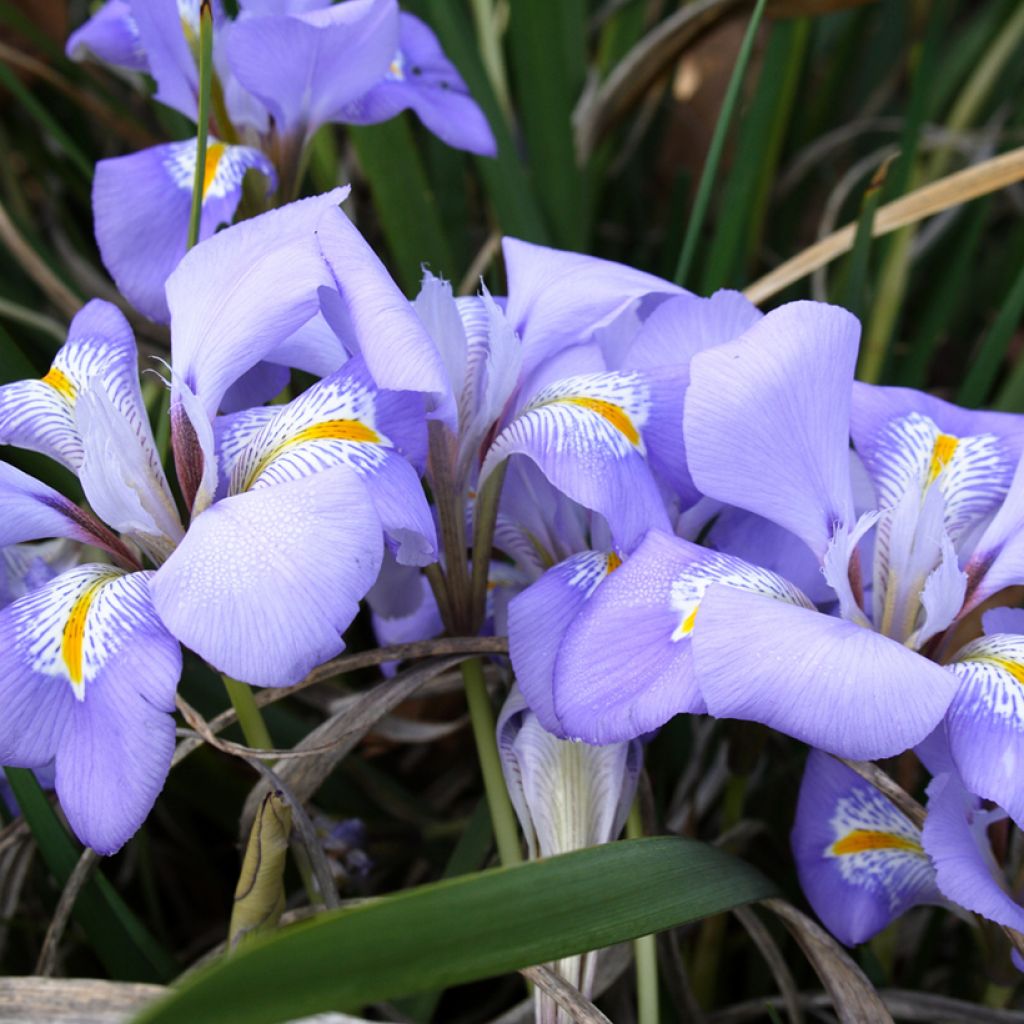

Iris unguicularis - Iris d'Alger
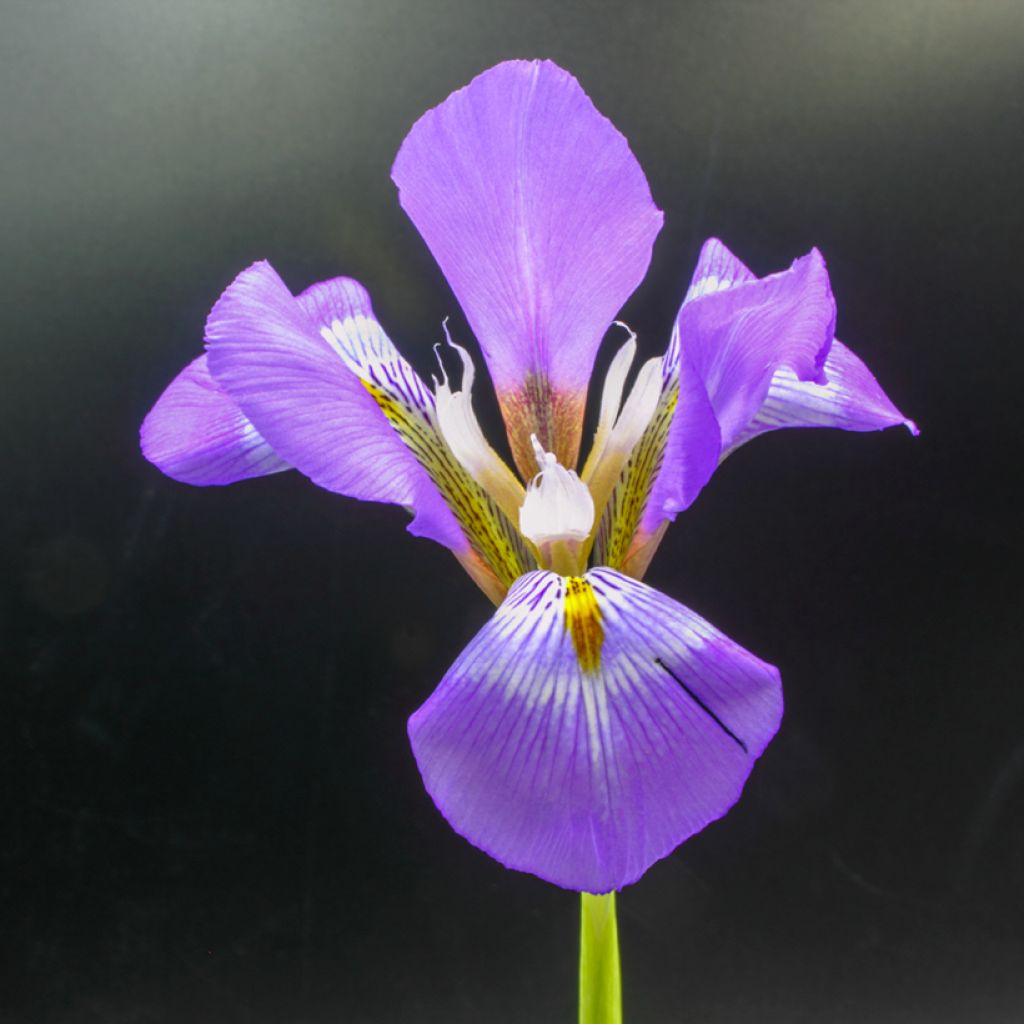

Iris unguicularis - Iris d'Alger
Iris unguicularis - Algeria Iris
Iris unguicularis
Algerian Iris, Winter Iris
I don't know if it's normal, but the young plants are dry. I'm going to plant them and apply the British motto. Wait and see.
Maggie, 20/09/2023
Special offer!
Receive a €20 voucher for any order over €90 (excluding delivery costs, credit notes, and plastic-free options)!
1- Add your favorite plants to your cart.
2- Once you have reached €90, confirm your order (you can even choose the delivery date!).
3- As soon as your order is shipped, you will receive an email containing your voucher code, valid for 3 months (90 days).
Your voucher is unique and can only be used once, for any order with a minimum value of €20, excluding delivery costs.
Can be combined with other current offers, non-divisible and non-refundable.
Why not try an alternative variety in stock?
View all →This plant carries a 6 months recovery warranty
More information
We guarantee the quality of our plants for a full growing cycle, and will replace at our expense any plant that fails to recover under normal climatic and planting conditions.
Would this plant suit my garden?
Set up your Plantfit profile →
Description
Iris unguicularis, also known as Algerian Iris or formerly Iris stylosa, is a vigorous Mediterranean iris known for its delightful winter flowering and perfect adaptation to very dry summers. It is a perennial and rhizomatous plant that forms a beautiful clump of thin, tough, and erect leaves, which remain evergreen in winter. Its delicate lilac-blue flowers are touched with yellow. They bloom for several weeks. The Algerian iris likes full sun or partial shade. Grow it in any light and well-drained soil.
Iris unguicularis belongs to the Iridaceae family. It is a botanical species endemic to the Mediterranean basin, widespread from Greece to Algeria via western Syria and Turkey. This xerophilic perennial (which likes drought) has a dense tufted habit. Its dark green foliage is tough and remains evergreen in winter. It consists of long leaves measuring 50 to 60cm (20 to 24in), which are initially erect before lying down. The basal leaves are narrow and tapering with a slightly sharp margin. The growth of this iris is moderate. The plant reaches a height of 30cm (12in) and gradually spreads over 50cm (20in) and more through its thick rhizomes. The flowering can start as early as December, depending on the climate. The slightly perfumed, delicate and fragile flowers, 5 to 8cm (2 to 3in) in diameter, emerge from the stump. These solitary flowers consist of 5 unguiculate tepals: the 3 outer ones are wider and spatulate, while the other two are erect and narrow. The flowers are lilac with contrasting veins and a central yellow band on the tepals. The plant rarely opens more than ten buds at a time and is never bare (except during periods of severe frost). The Algerian Iris withstands temperatures down to -15°C (5°F) and needs a dry summer to flower well.
This Algerian Iris is ideal for beds, rockeries or borders, especially in dry gardens. In warm climates, it thrives in partial shade near large trees. In cooler regions, it can be planted in a sunny rockery. Its winter flowering is welcome on the edge of a path, next to a gate or doorway. In a rockery, it can be associated with plants that tolerate dry conditions such as small lavenders, Convolvulus cneorum, and sedums.
Delivered as a rooted plant packaged in a peat pouch.
Report an error about the product description
Iris unguicularis - Algeria Iris in pictures
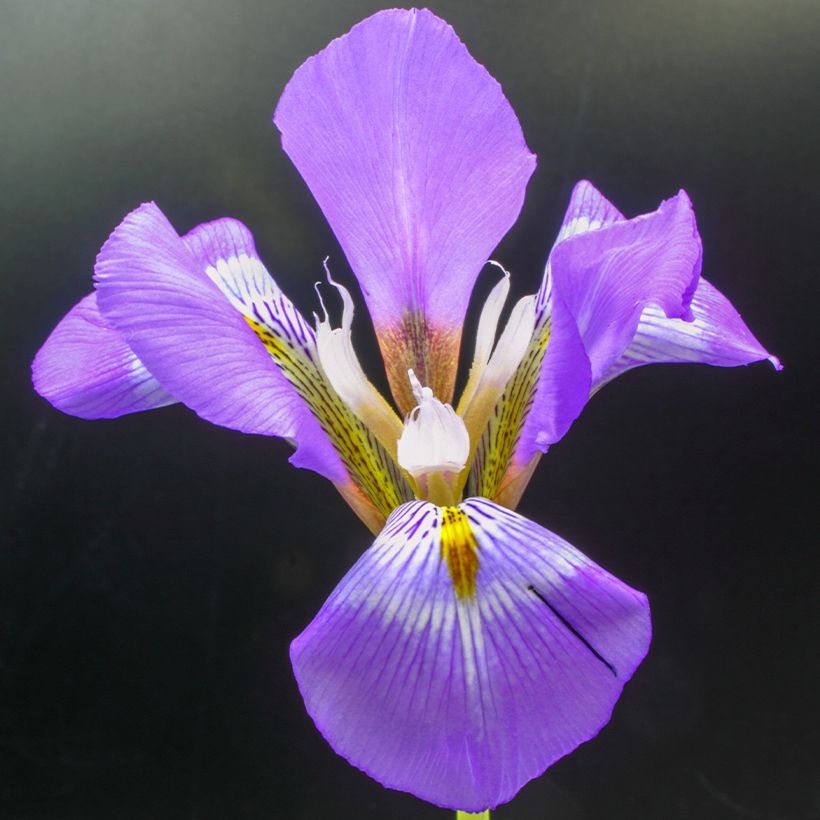



Plant habit
Flowering
Foliage
Botanical data
Iris
unguicularis
Iridaceae
Algerian Iris, Winter Iris
Mediterranean
Other Iris A to Z
View all →Planting and care
Plant during September to October. Plant in small groups, at a depth of 2cm (1in). Place it in very well-drained, rather dry soil. It is perfectly adapted to limestone and summer drought. In a cool location, expose it to the sun. In a hot location, place in partial shade. Protect it from strong winds to spare its fragile flowers. It is a hardy plant in well-drained soil. Clean the dry foliage in October. Regularly remove dead leaves and weeds. It does not appreciate being disturbed: choose its location carefully. Avoid placing vigorous plants nearby. Watch out for slugs and snails that devour the buds and flowers. It sometimes takes a little time to establish itself before flowering well.
Planting period
Intended location
Care
-
, onOrder confirmed
Reply from on Promesse de fleurs
Haven't found what you were looking for?
Hardiness is the lowest winter temperature a plant can endure without suffering serious damage or even dying. However, hardiness is affected by location (a sheltered area, such as a patio), protection (winter cover) and soil type (hardiness is improved by well-drained soil).

Photo Sharing Terms & Conditions
In order to encourage gardeners to interact and share their experiences, Promesse de fleurs offers various media enabling content to be uploaded onto its Site - in particular via the ‘Photo sharing’ module.
The User agrees to refrain from:
- Posting any content that is illegal, prejudicial, insulting, racist, inciteful to hatred, revisionist, contrary to public decency, that infringes on privacy or on the privacy rights of third parties, in particular the publicity rights of persons and goods, intellectual property rights, or the right to privacy.
- Submitting content on behalf of a third party;
- Impersonate the identity of a third party and/or publish any personal information about a third party;
In general, the User undertakes to refrain from any unethical behaviour.
All Content (in particular text, comments, files, images, photos, videos, creative works, etc.), which may be subject to property or intellectual property rights, image or other private rights, shall remain the property of the User, subject to the limited rights granted by the terms of the licence granted by Promesse de fleurs as stated below. Users are at liberty to publish or not to publish such Content on the Site, notably via the ‘Photo Sharing’ facility, and accept that this Content shall be made public and freely accessible, notably on the Internet.
Users further acknowledge, undertake to have ,and guarantee that they hold all necessary rights and permissions to publish such material on the Site, in particular with regard to the legislation in force pertaining to any privacy, property, intellectual property, image, or contractual rights, or rights of any other nature. By publishing such Content on the Site, Users acknowledge accepting full liability as publishers of the Content within the meaning of the law, and grant Promesse de fleurs, free of charge, an inclusive, worldwide licence for the said Content for the entire duration of its publication, including all reproduction, representation, up/downloading, displaying, performing, transmission, and storage rights.
Users also grant permission for their name to be linked to the Content and accept that this link may not always be made available.
By engaging in posting material, Users consent to their Content becoming automatically accessible on the Internet, in particular on other sites and/or blogs and/or web pages of the Promesse de fleurs site, including in particular social pages and the Promesse de fleurs catalogue.
Users may secure the removal of entrusted content free of charge by issuing a simple request via our contact form.
The flowering period indicated on our website applies to countries and regions located in USDA zone 8 (France, the United Kingdom, Ireland, the Netherlands, etc.)
It will vary according to where you live:
- In zones 9 to 10 (Italy, Spain, Greece, etc.), flowering will occur about 2 to 4 weeks earlier.
- In zones 6 to 7 (Germany, Poland, Slovenia, and lower mountainous regions), flowering will be delayed by 2 to 3 weeks.
- In zone 5 (Central Europe, Scandinavia), blooming will be delayed by 3 to 5 weeks.
In temperate climates, pruning of spring-flowering shrubs (forsythia, spireas, etc.) should be done just after flowering.
Pruning of summer-flowering shrubs (Indian Lilac, Perovskia, etc.) can be done in winter or spring.
In cold regions as well as with frost-sensitive plants, avoid pruning too early when severe frosts may still occur.
The planting period indicated on our website applies to countries and regions located in USDA zone 8 (France, United Kingdom, Ireland, Netherlands).
It will vary according to where you live:
- In Mediterranean zones (Marseille, Madrid, Milan, etc.), autumn and winter are the best planting periods.
- In continental zones (Strasbourg, Munich, Vienna, etc.), delay planting by 2 to 3 weeks in spring and bring it forward by 2 to 4 weeks in autumn.
- In mountainous regions (the Alps, Pyrenees, Carpathians, etc.), it is best to plant in late spring (May-June) or late summer (August-September).
The harvesting period indicated on our website applies to countries and regions in USDA zone 8 (France, England, Ireland, the Netherlands).
In colder areas (Scandinavia, Poland, Austria...) fruit and vegetable harvests are likely to be delayed by 3-4 weeks.
In warmer areas (Italy, Spain, Greece, etc.), harvesting will probably take place earlier, depending on weather conditions.
The sowing periods indicated on our website apply to countries and regions within USDA Zone 8 (France, UK, Ireland, Netherlands).
In colder areas (Scandinavia, Poland, Austria...), delay any outdoor sowing by 3-4 weeks, or sow under glass.
In warmer climes (Italy, Spain, Greece, etc.), bring outdoor sowing forward by a few weeks.






























